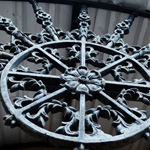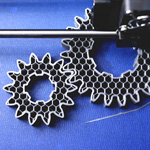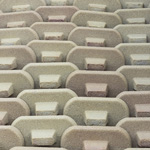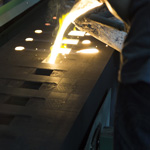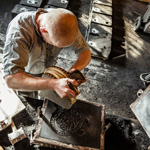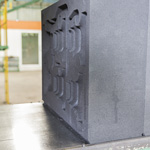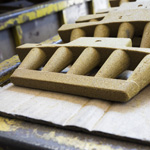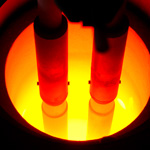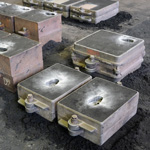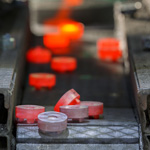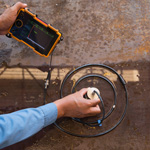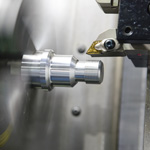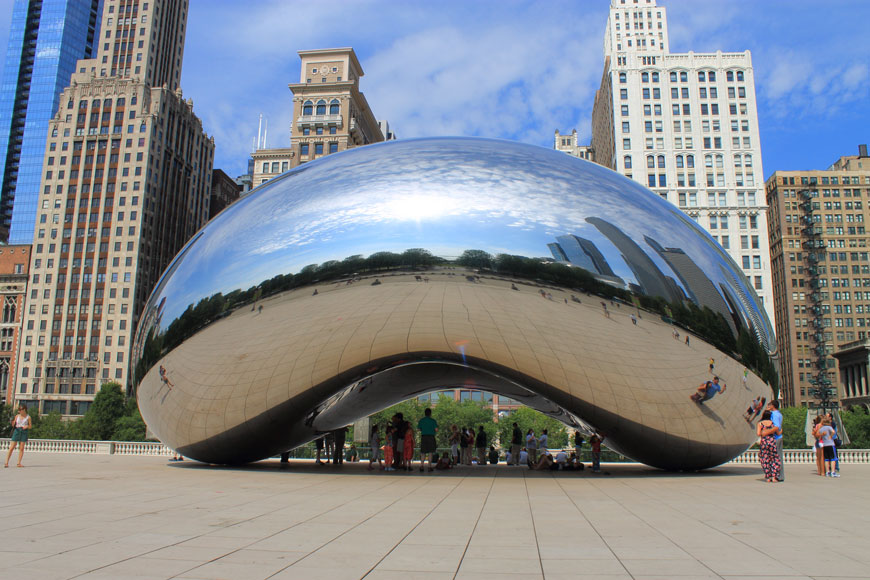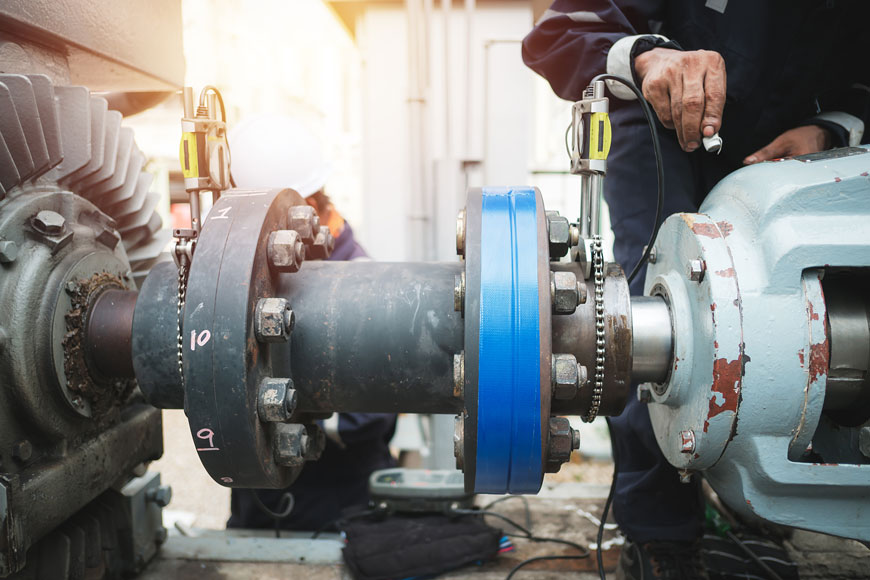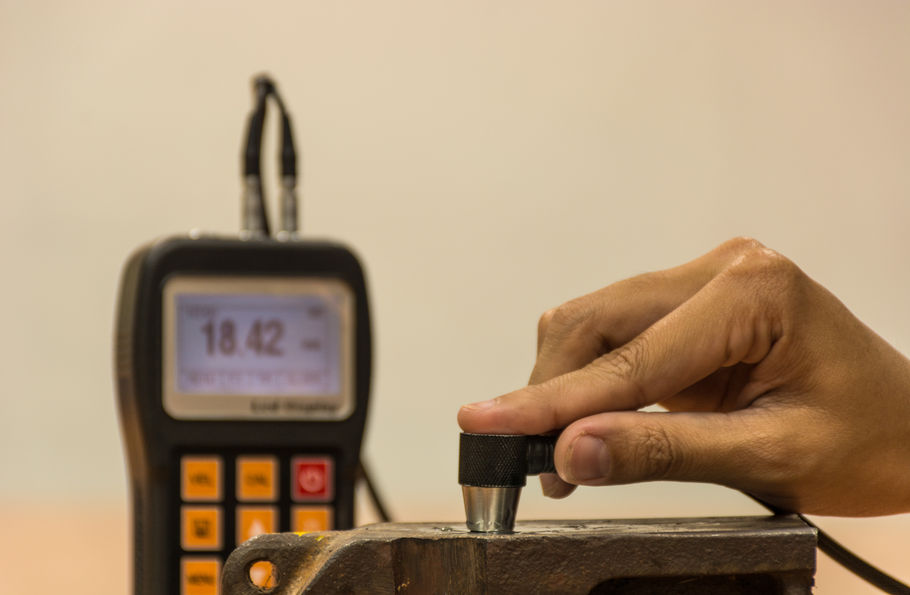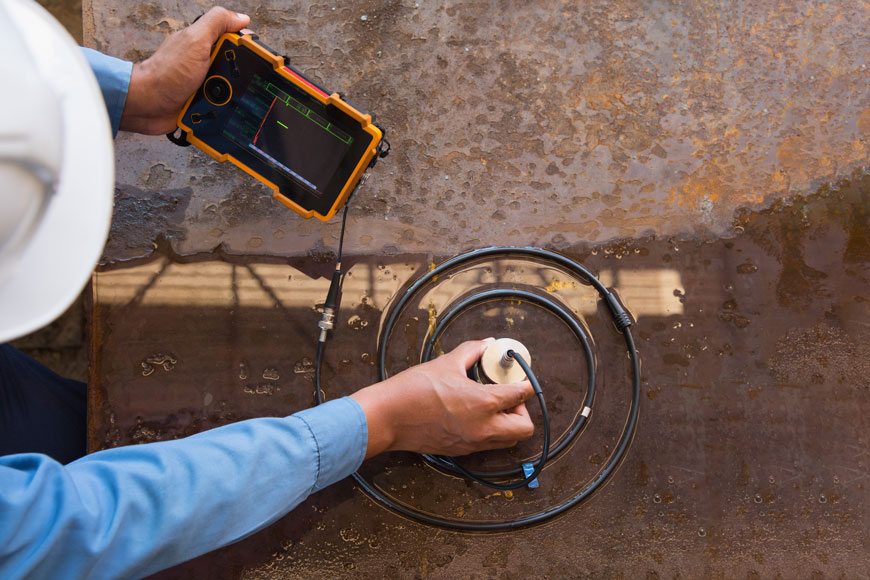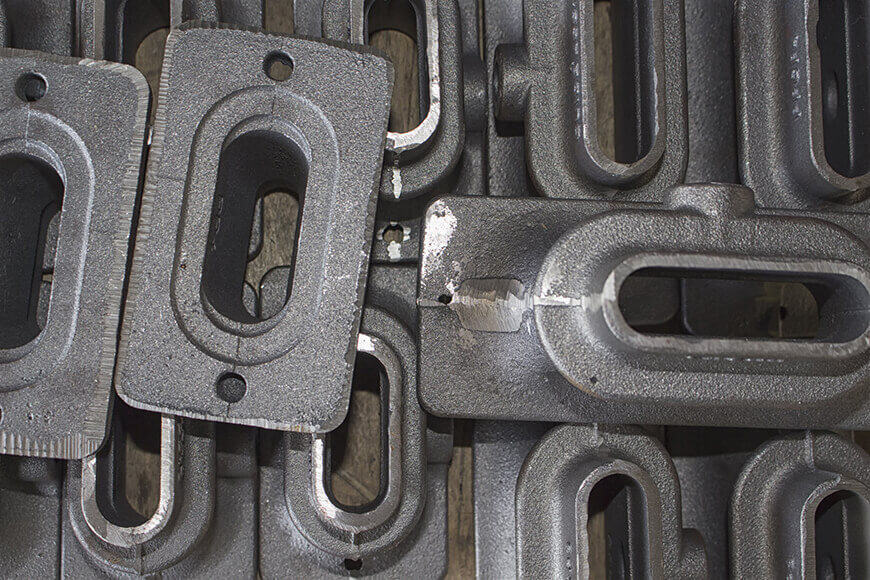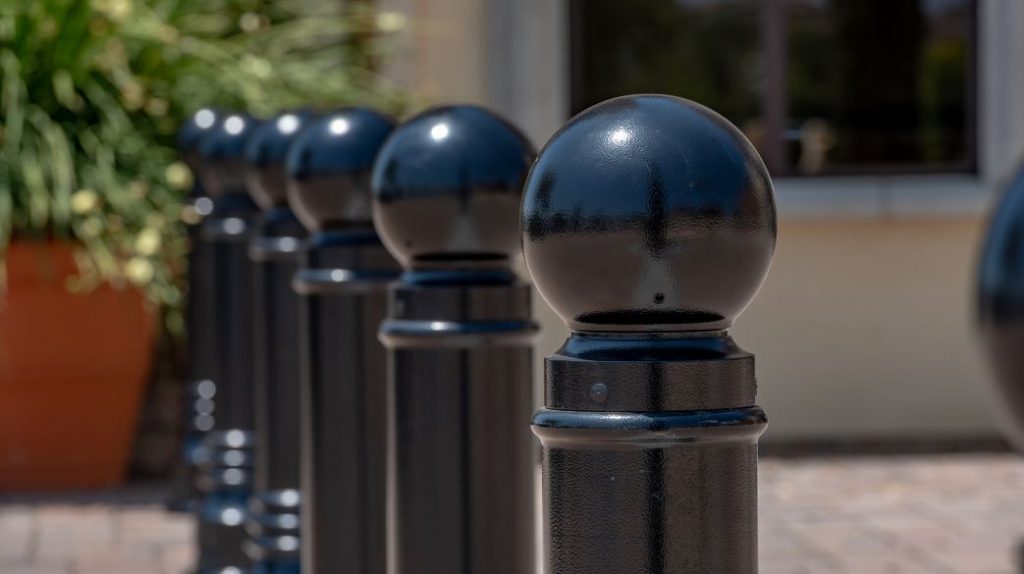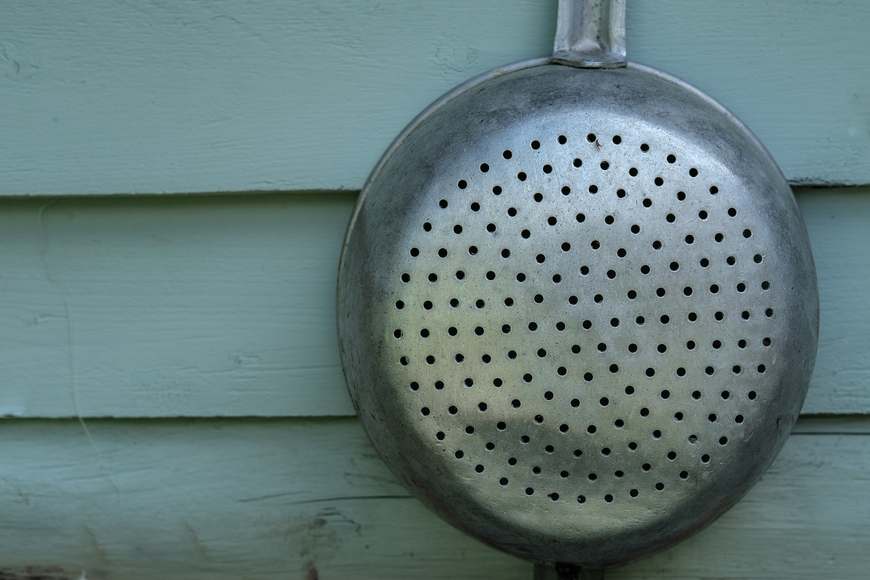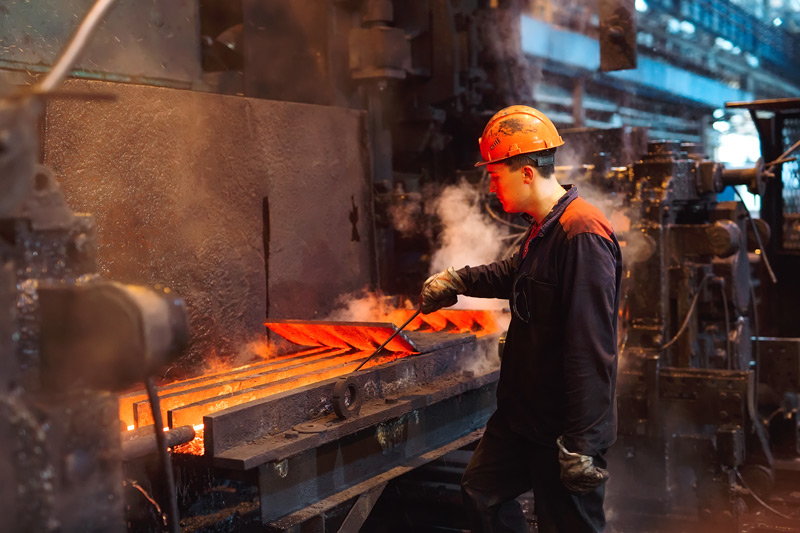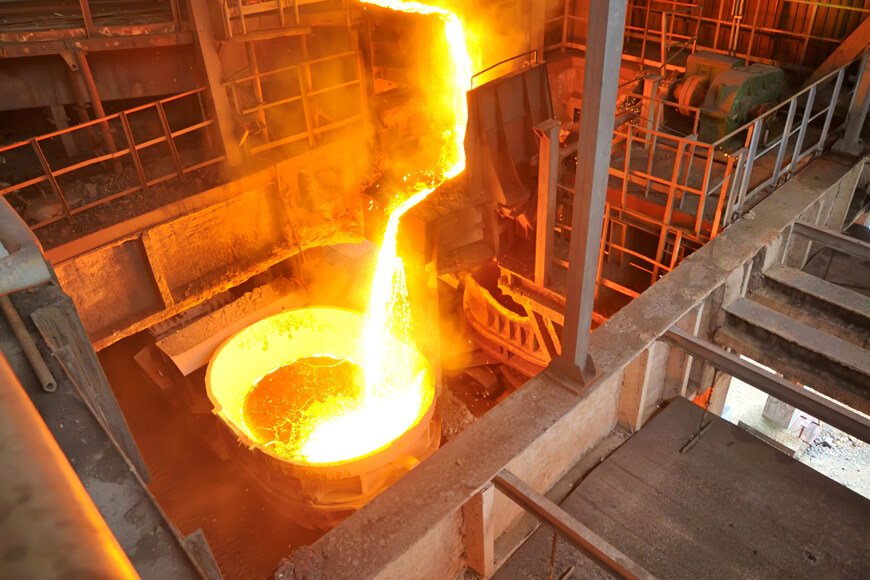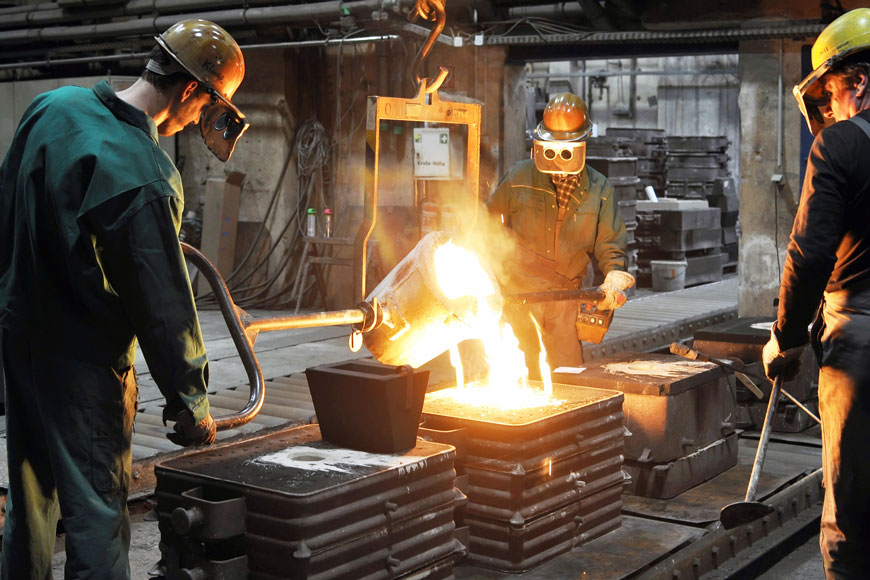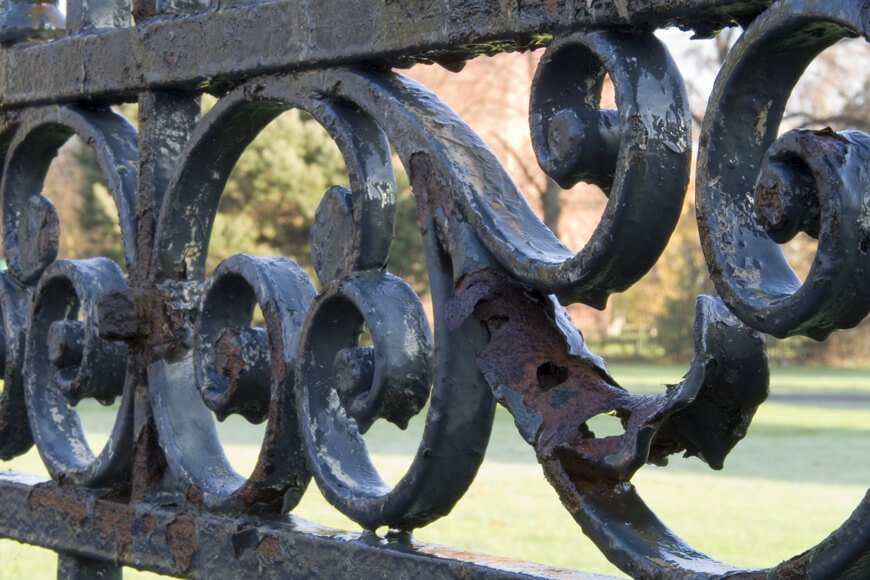A trip through a foundry from pattern to product
This series follows a cast iron or steel product through the metal casting process in a traditional foundry.
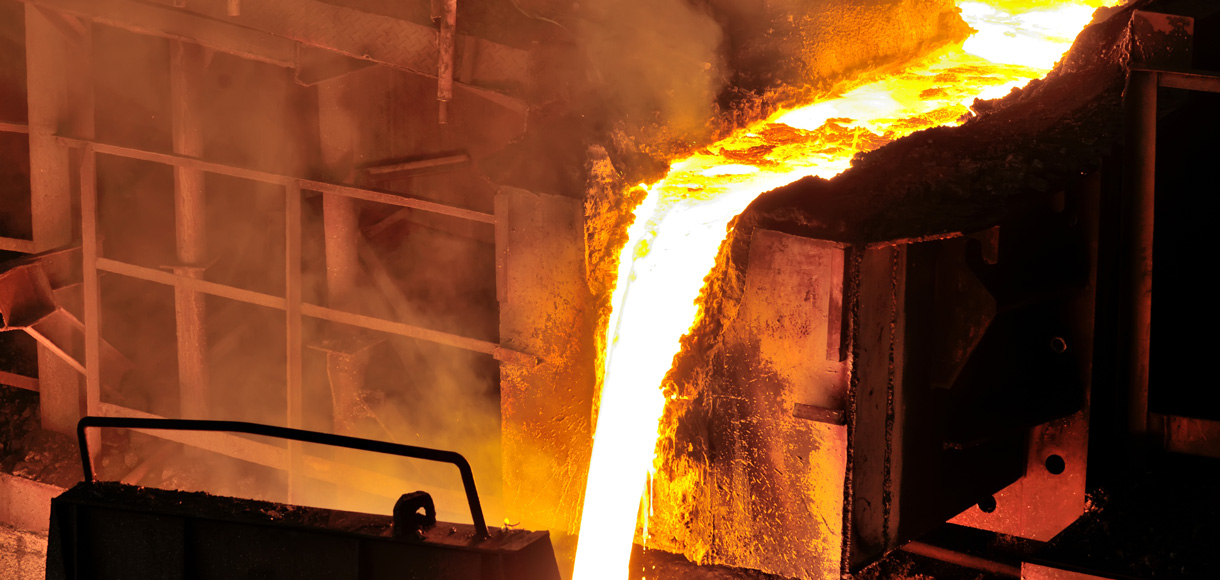
Casting is the process of creating metal objects by pouring liquid metal into molds, where it cools and hardens into the mold’s shape. Although the premise is simple, there are many variations in metal casting methods. To take an object from idea to reality, designers must specify the physical and aesthetic needs of the final product, and from there find the simplest way to produce those qualities. The complexity of the design, as well as what stresses the final object must withstand, help determine the metal; how the metal behaves in liquid, solid, and cooling states will dictate requirements for the mold. Good casting design is a matter of knowing all the ingredients and processes involved to get to the final product.
Metalworkers have used the same casting processes for millennia, with the first castings dating back to the 4th century BC in China. Even with this long history, the foundry is a place of development and innovation. In this fourteen-week series we will explore all the steps in making a casting, and what factors influence the choice of method or design, from ancient wisdom to the modern-day advances.
We explore the following stages of the metal casting process:
- Metal Casting Design
During the design phase, engineers select both the metal and molding method to produce the necessary physical properties and appearance of the final product. - Rapid Prototyping
Advances in 3D printing have changed the way products are prototyped and produced. - Metal Casting Methods
Methods for metal casting are divided into two broad categories of reusable or non-reusable molds. - Sand Casting
Sand casting into non-reusable green sand molds is the oldest form of metal casting, and is still the most common form used today. - Patternmaking
Patterns are the prototype objects used to create molds. They must be designed to be removed from the mold without disturbing it, as well as with the behavior of the metal while pouring and cooling in mind. - Foundry Sand
Green sand is the most common type of sand used in sand casting, but additions to foundry sand change the final casting appearance. - Coremaking
Cores are inserts used to shape a casting’s interior, creating spaces that aren’t shaped by the pattern. - Melting and Pouring
Melting, mixing, and pouring metals at temperatures near 2800°F is a dangerous job that requires specialized equipment and careful work. - Shakeout and Cleaning
Shakeout is the process of removing sand from castings. This can be done manually or mechanized with tumblers, tables, or blast cleaning unites. - Heat Treatment
Heat treatment changes metal on a molecular level, affecting its mechanical properties. It is often used to make metal less brittle. - Inspection
In a variety of ways, the metals used in a set of castings, and the castings themselves can be quality assured. Materials analysis studies the properties and composition of the metal, while both destructive and non-destructive testing looks for shrinkage or casting defects. - Secondary Processing
Machining removes some of the flashing necessary for the mold, and can provide both smooth finishing and fine details. For items that need precision shapes, machining is often the final step.
What is a foundry?
A foundry is a factory that produces metal castings. Our comprehensive resource page “What is a Foundry” explores the design, machinery, and safety requirements of foundries.
Photo Gallery
